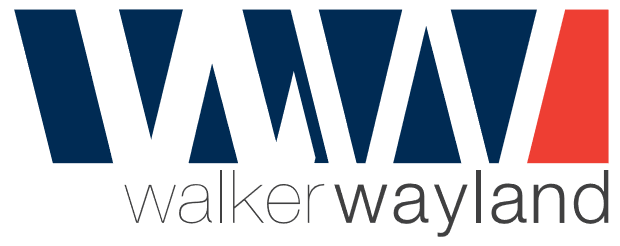On 21 July 2020, Prime Minister Scott Morrison and Treasurer Josh Frydenberg announced the eligibility criteria as well as the reduced JobKeeper payments for the six months after September 2020. The program will run to 28 March 2021 taking the entire JobKeeper program to $86 billion. Below, we outline the changes and details regarding the legibility criteria for JobKeeper 2.0.
Employer Eligibility
The current JobKeeper test requires all employers to pass the following:
- 30% decline in projected GST turnover (50% decline for businesses with aggregated turnover of more than $1 billion)
- 15% decline if a registered charity
It has been outlined, that the decline percentages will remain the same for the rest of the 2.0 program but will be cut into two different segments. To be eligible for each extensiont, the following will apply:
Extension 1 – 28 September 2020 to 3 January 2021
Measure decline using actual GST turnover in the September 2020 quarter to 3 January 2021, relative to the comparable September 2019 period.
Extension 2 – 4 January 2021 to 28 March 2021
Measure decline using actual GST turnover in December 2020 quarter, relative to the comparable December 2019 period.
The above segments and the reporting requirements are in line with the governments initial decision to wean out the businesses who are facing financial problems, by demonstrating that they have suffered an ongoing decline in turnover.
Worker Eligibility
The eligibility requirements from the first round of JobKeeper will still be utilised after 28 September 2020. The initial JobKeeper was and is still accessible for:
- Not-for-profit employees
- Part time & casual staff who have been working with the business for at least one year
- Certain New Zealanders working in Australia who are normally not eligible for welfare payments
- Holders of permanent visas, protected special category visa holders, nonprotected special category visa holders who has been residing continually in Australia for the last 10 years OR a special category (subclass 444) visa holders
Further to the above, additional requirements have been outlined to determine which subsidy tier workers will be eligible for.
80 hour work test (look-back to February 2020 or June 2020)
From 28 September 2020, eligibility for tier 1 JobKeeper involves determining whether the respective employee worked for 80 hours or more in a 28-day period before 1 March 2020 or 1 July 2020. This test will also be applicable to sole traders and eligible business participants from 28 September 2020, calculated by reference to time spent “actively engaged in the business” in February 2020.
ATO has discretion to apply an alternative test if employee’s hours were not usual during February 2020 or June 2020 reference period.
Apprentices and trainees in place on 1 July 2020
A wage subsidy of 50% of the apprentice or trainee’s wages paid until 31 March 2021. In addition to the existing support for small businesses, medium-sized businesses employing 199 people or fewer will now be eligible for the subsidy, for wages paid from 1 July 2020 to 31 March 2021.
JobKeeper Subsidies
To reiterate, the current JobKeeper wage subsidies will remain at $1,500/fortnight until 27 September. However, after 27 September 2020, passing the above requirements is mandatory, and will determine which subsidy tier your business is eligible to follow.
Tier 1 – Worked 80+ Hours
This tier is focused on the employees who passed the working 80+ hours test back in February 2020 or June 2020. Once passed, the fortnightly payments will be as follows:
- From 28 September 2020 to 3 January 2021 – $1,200/fortnight.
- From 4 January 2021 to 28 March 2021 – $1,000/fortnight.
Tier 2 – Others
If your business has only passed the employer requirements, this tier is focused on employees who did not pass the 80+ hours test. The following fortnightly payments will be applicable:
- From 28 September 2020 to 3 January 2021 – $750/fortnight.
- From 4 January 2021 to 28 March 2021 – $650/fortnight.
Disclaimer
General Advice Warning
The information contained on this document is general in nature and does not take into account your personal situation. You should consider whether the information is appropriate to your needs, and where appropriate, seek professional advice.
Taxation and other matters referred to in this document are of a general nature only and are based on Walker Wayland’s interpretation of laws existing at the time and should not be relied upon in place of appropriate professional advice. Those laws may change from time to time.
Accuracy & Reliability of Information
Although every effort has been made to verify the accuracy of the information contained in this document, Walker Wayland, its officers, employees and agents disclaim all liability (except for any liability which by law cannot be excluded), for any error, inaccuracy in, or omission from the information contained on this website or any loss or damage suffered by any person directly or indirectly through relying on this information.



